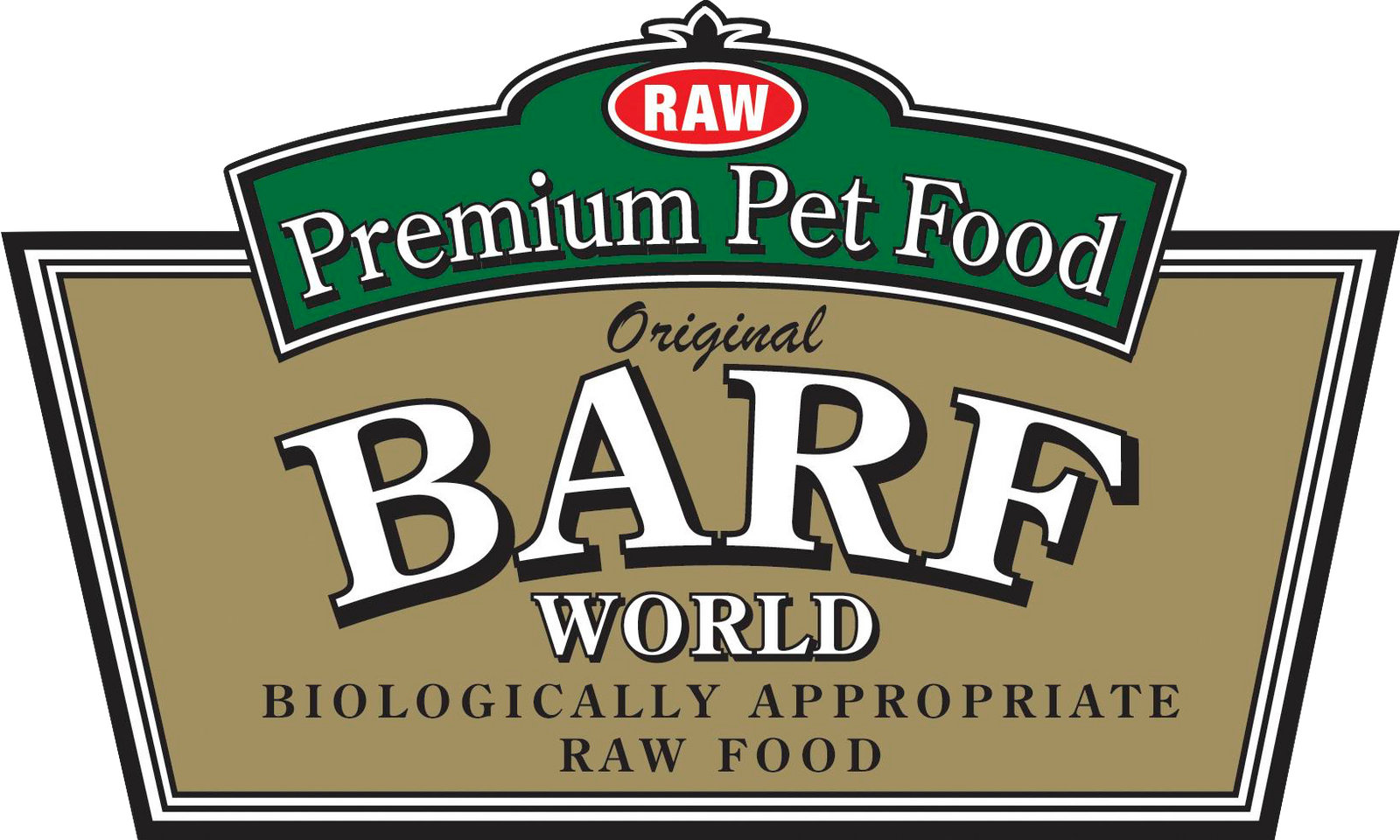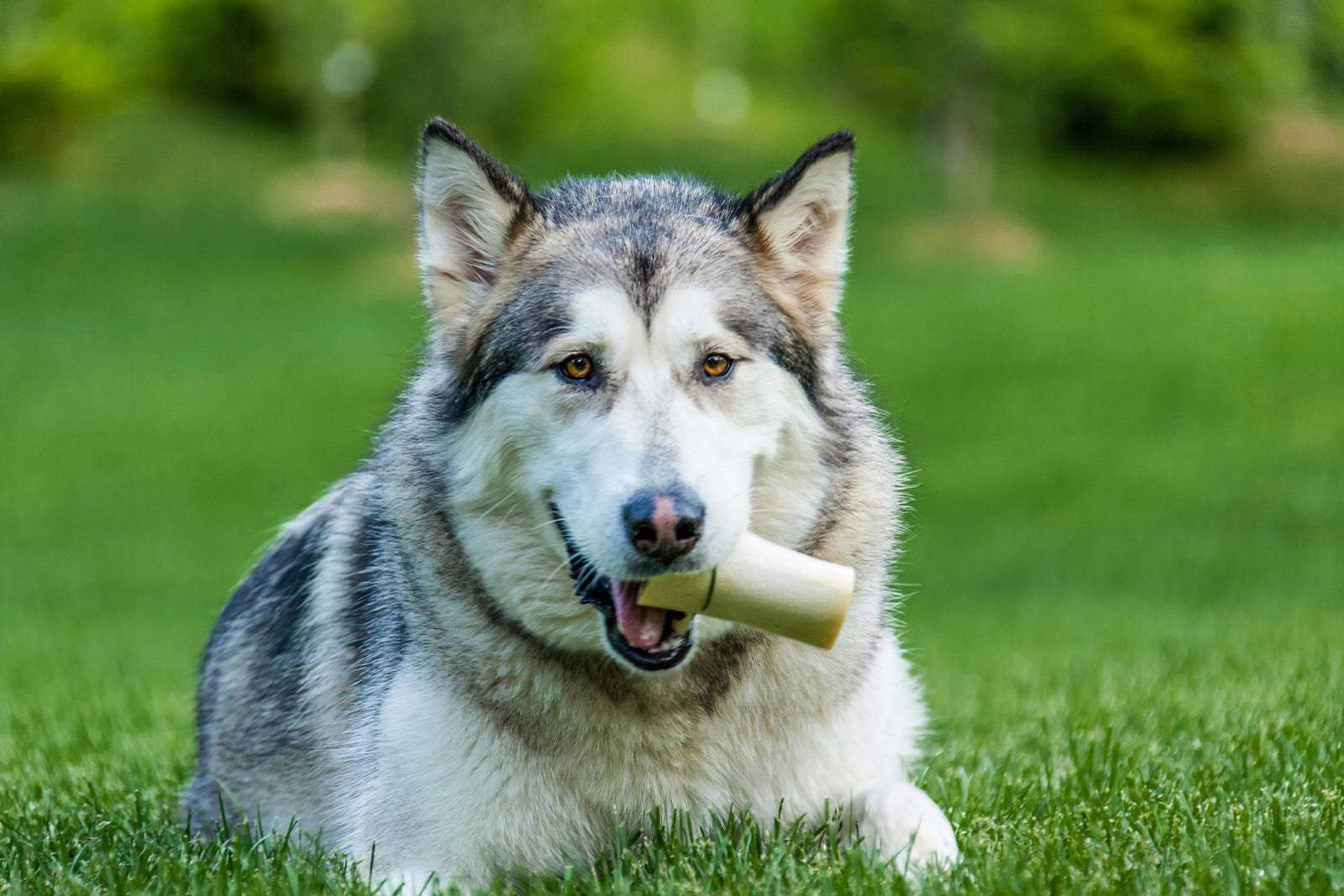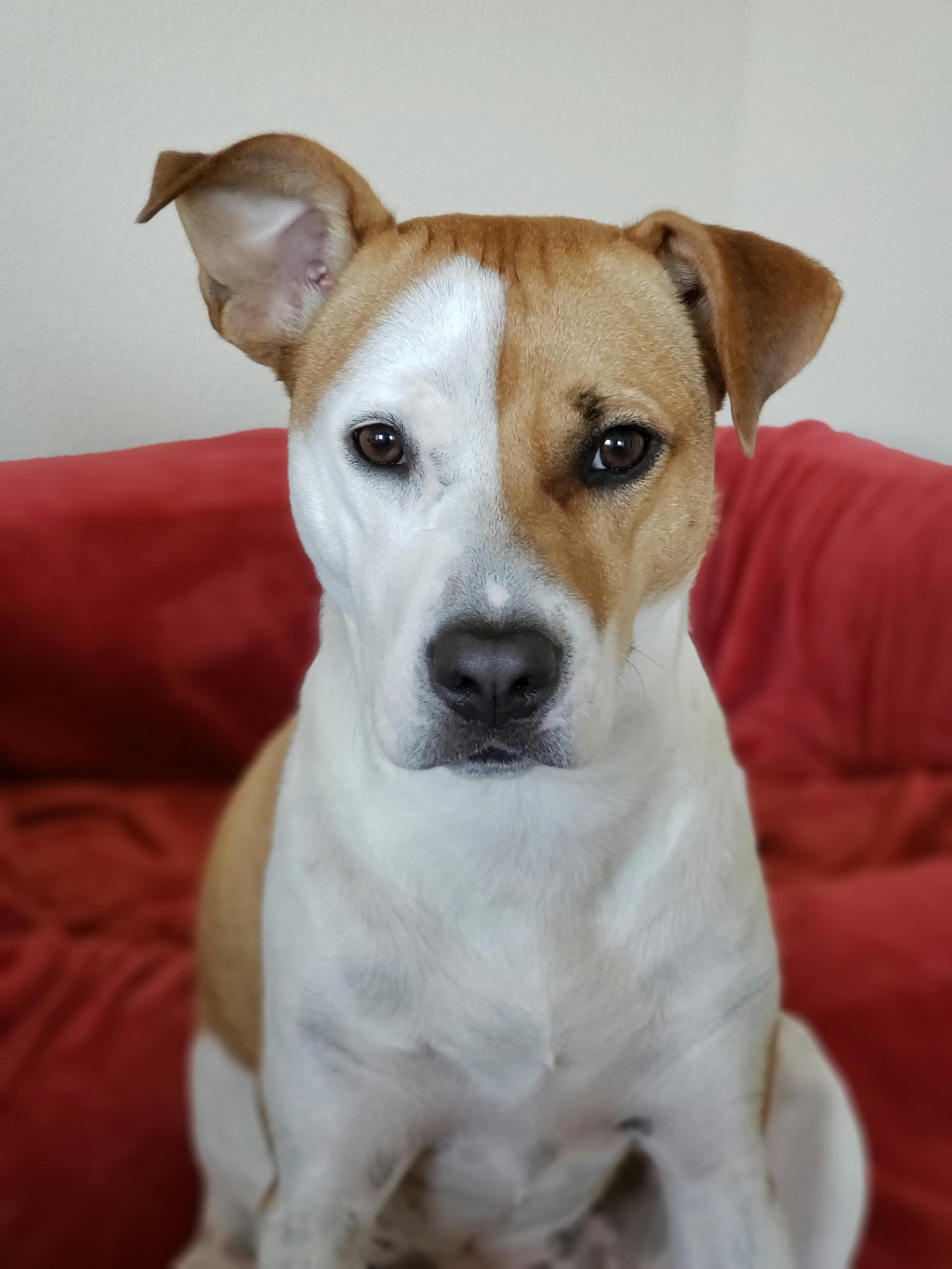Does this sound familiar? Veterinarians and their staff hear this comment all too often, especially in the spring and fall of the year. Dogs that are scratching raw spots, or that have excess dander and oil during these times are actually more sensitive all year round.
During the spring and fall, a dog’s hair and skin undergo change to grow more hair (fall) or to lose the undercoat (spring). Dogs that are “indoor dogs” will go through this cycle a bit differently from outdoor dogs because of their exposure to the elements. But these changes in skin and hair cells are the reason that some dogs (that are more sensitive to things in the environment) show even more signs of problems during these two seasons.
What’s making my dog scratch so much?
The methods the veterinarian may use to ease this scratching will vary depending on the reason for the insatiable itch. Itching can be caused by something as simple as a dirty or dry skin; as gross as fleas, ticks and mites; or as difficult to pinpoint as allergies. This constant scratching makes your pet very uncomfortable as well as making it heartbreaking for you to watch.
From a chiropractic standpoint, addressing the cause of the itch means addressing changes in the nervous system that result in itching. All changes to the skin are regulated by nerves and reflect the health of its nervous system. An animal’s coat and skin reflect its general health. Healthy pets have fewer skin and coat problems than pets with health issues where the skin gets attacked from both the inside and the outside. An animal’s skin is the first line of defense against attack from the outside as well as an organ of excretion, like the liver and kidney. Through it waste products are excreted, which can be clogged and cause symptoms like cysts, pus, rashes and black heads.
Is it an allergy?
Many of the dogs in the United States suffer from some form of allergy. This is the result of the immune system reacting normally to a common substance that it ordinarily would ignore, such as pollens, molds, house dust, insect bites, foods, and chemicals. The offending substances are known as allergens. Inhaling, ingesting, or physical contact with the allergen may cause an allergic reaction. The scratching that results from an allergic reaction is more intense than normal and can result in rashes, hair loss and secondary bacterial infections. An altered metabolism, nutritional problem, or vaccinosis may also trigger allergic reactions.
There are at least 80 different named canine diseases that cause changes in the skin. The skin undergoes a continual growth process called cornification, in which new skin cells are produced to replace old skin. The whole process of cornification normally takes 21 days. The nutrients that form those cells were the ones consumed up to 30 days ago. For this reason, it may take up to 2 months, depending on how bad conditions are, without masking symptoms to determine if the changes you are making have solved your pet’s skin problems.




